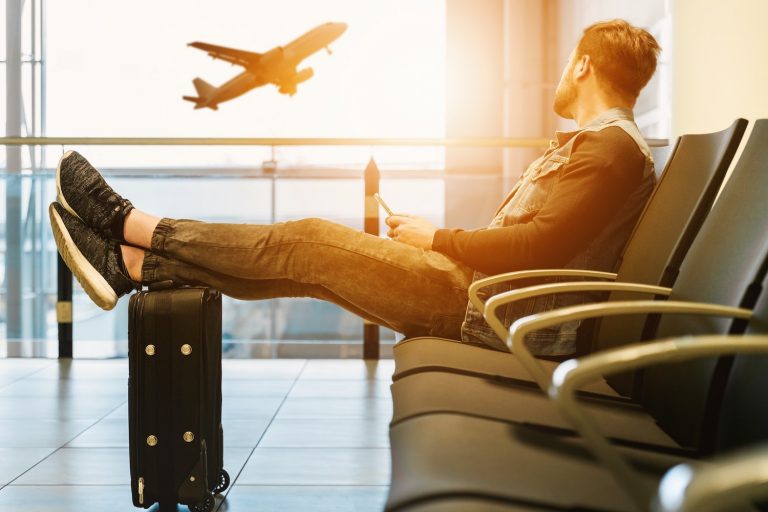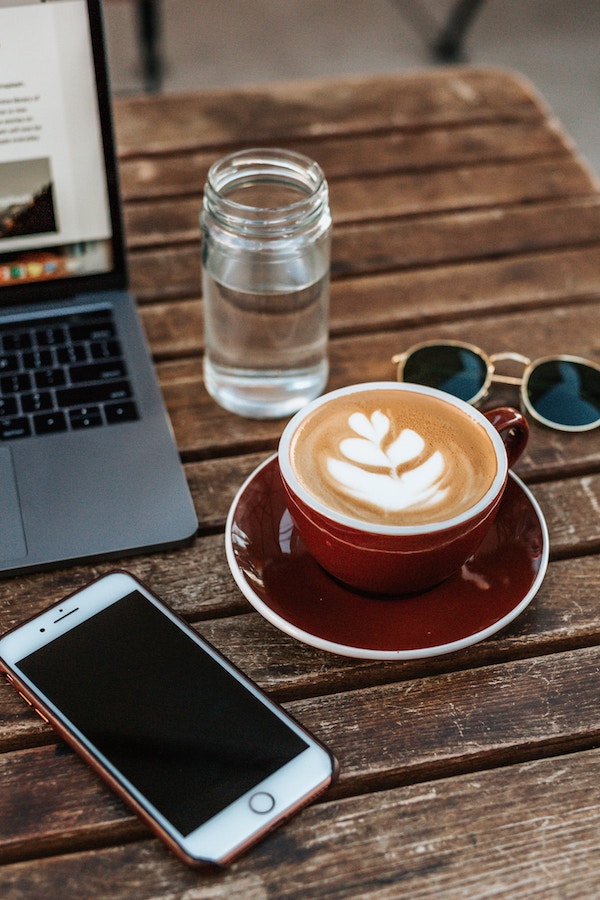 Long-haul flights—like the 12-15 hour ones to Southeast Asia—call for taking a few precautions if you don’t want to reach your destination carrying more than your baggage. Preventive steps for healthy air travel from Vietnam to India focus on three goals: to stay hydrated, keep your blood flowing smoothly and arrive germ-free.
Long-haul flights—like the 12-15 hour ones to Southeast Asia—call for taking a few precautions if you don’t want to reach your destination carrying more than your baggage. Preventive steps for healthy air travel from Vietnam to India focus on three goals: to stay hydrated, keep your blood flowing smoothly and arrive germ-free.
Here are 25 ways to help you end your trip as healthy as when you boarded the plane:
EAT SMART
1. Bring fresh fruit to snack on and skip the peanuts and pretzels.
Salt causes you to retain water, and the resulting swelling inhibits your circulation. (Caveat: If you’re traveling to or from Hawaii, Puerto Rico or the U.S. Virgin Islands, buy fruit in the airport AFTER screening, because TSA will not allow you to enter with local produce.)
2. Skip the burrito before take-off.
A heavy meal or gas-forming foods can become very uncomfortable in flight. If you must dine at the airport, eat more protein than carbs, skip the fast food and definitely pass on the Cinnabon!
3. Don’t drink caffeine—soda, tea, or coffee—or eat chocolate before boarding the plane or during the flight.
If you must have coffee to function, have just enough to wake up and follow with a glass of water. Caffeine, a mild diuretic, increases fluid loss and contributes to dehydration.
4. Try a mock cocktail of seltzer with a splash of cranberry or orange juice instead of the hard stuff.
Alcohol causes dehydration. Skip the beer and wine, too, since they have just as much alcohol, according to the National Institutes of Health (NIH).
5. When you can’t skip that welcoming glass of champagne you’re offered, drink 8 oz. of bottled water first.
Studies show that for every alcohol-containing drink, you urinate 4 extra ounces of water.
6. Drink 8 oz. of bottled water for every hour you’re in the air to prevent dehydration, advises the Aerospace Medical Association (ASMA).
Despite the EPA aircraft drinking water rule that’s supposed to ensure safe drinking water in flight, researchers in Ireland found 37 species of microbes in the airplane water they sampled!
 7. Bored with water, sip tomato juice.
7. Bored with water, sip tomato juice.
German scientists found that the cabin environment (low humidity, vibration, and low pressure) affect taste, making sourness more pronounced and sweetness less so. The savory taste of tomatoes, in contrast, actually enhances taste so you’re likely to drink more of it.
MOVE OFTEN
8. Don’t cut off your blood supply with constricting clothing or shoes.
We’re not talking sweatpants, but do wear loose clothing that’s roomy enough to let you move about easily. Dress in layers, too, so you can adjust to changes in the cabin temperature.
9. Take a long walk in the airport to get your blood moving when you’re waiting for a connecting flight.
Your body will love you more than if you spent the downtime lying across the waiting-room seats.
10. Do the exercises described at the back of the in-flight magazine.
And do them often during the flight to prevent cramping and stiffness and to boost your circulation.
11. Wake up your legs and feet in flight with frequent ankle circles and knee lifts.
These movements help counter sluggish blood flow in your legs. Do these moves, too, before you stand up to avoid dizziness. The oxygen level in a plane is equal to sitting on an 8,000-foot-high mountain top and getting up too quickly makes some people feel faint.
12. Window or aisle? It depends.
There’s a debate among experts about the best seat: Picking an aisle seat allows you to get up often to stroll through the plane. However, it also puts you at a greater risk of catching a cold or flu from people making their way to the lavatory.
PROTECT YOURSELF
 13. Apply moisturizer and lip balm several times during a long flight.
13. Apply moisturizer and lip balm several times during a long flight.
Humidity in a plane is typically a low—in one study, it dropped to only 10% within two hours of take-off. The lack of moisture dehydrates the upper layer of your skin, causing it to feel tight and itchy.
14. Prevent dry eyes.
Low humidity and poor air quality cause eye irritation. Use lubricating eye drops or artificial tears during the flight. If you wear contact lenses, you are especially susceptible to eye dryness. Either wear glasses for the flight or use rewetting drops often during it.
15. Spritz your nose.
A nasal mist will keep air passages moist and less vulnerable to viruses.
16. Wear compression stockings.
If you are pregnant, taking oral contraceptives, are overweight or have a history of deep vein thrombosis (DVT), these stockings help keep your blood flowing in your legs. Now there are cool ones.
17. Be alert to signs of DVT.
Leg swelling and a feeling of tightness or cramping or both are signals of poor circulation.
18. Choose a seat over the wing if you are prone to motion sickness, expect the flight to be turbulent or are in a small plane.
If you start to feel nauseated, look at the horizon or close your eyes and hold your head still. Over-the-counter motion sickness drugs or a special wristband like Reliefband, may be helpful.
19. Wipe down your seat if it’s leather, armrests, tray table, video screen and sunshade with an antibacterial wipe.
Auburn University researchers found that every surface in a plane from toilet seat handles to the seat pockets are home to diarrhea-causing bacteria like E.coli and MRSA.
20. Don’t use the seat pocket.
This is where people put all sorts of things, even dirty diapers, and where bacteria live the longest.
21. Keep your fingers out of your mouth, eyes, and nose.
You don’t want to transfer nasty cold and flu viruses from cabin surfaces into your body.
22. Chew gum.
Swallowing helps clear stopped-up ears on take-off and landing. No gum? Try yawning. And don’t fly at all if you have an ear or sinus infection.
23. Keep your distance from sick people.
It’s hard enough getting the seat you want these days, but if someone next to, behind or before you is sneezing or coughing, try to move. Some experts advise moving beyond 11 seats since the mucous expelled with a sneeze can travel 200 feet!
24. Use an antibacterial sanitizing gel on your hands.
Do it before you eat or drink, even if you washed your hands with soap in the bathroom. The FDA recommends using one that is 60-95 % alcohol (ethanol or isopropanol). A 40% solution won’t help you much.
25. Fly A Boeing 787 when you can.
According to Ask the Pilot, this plane has the healthiest air of any commercial plane. Humidity is substantially higher, too.
